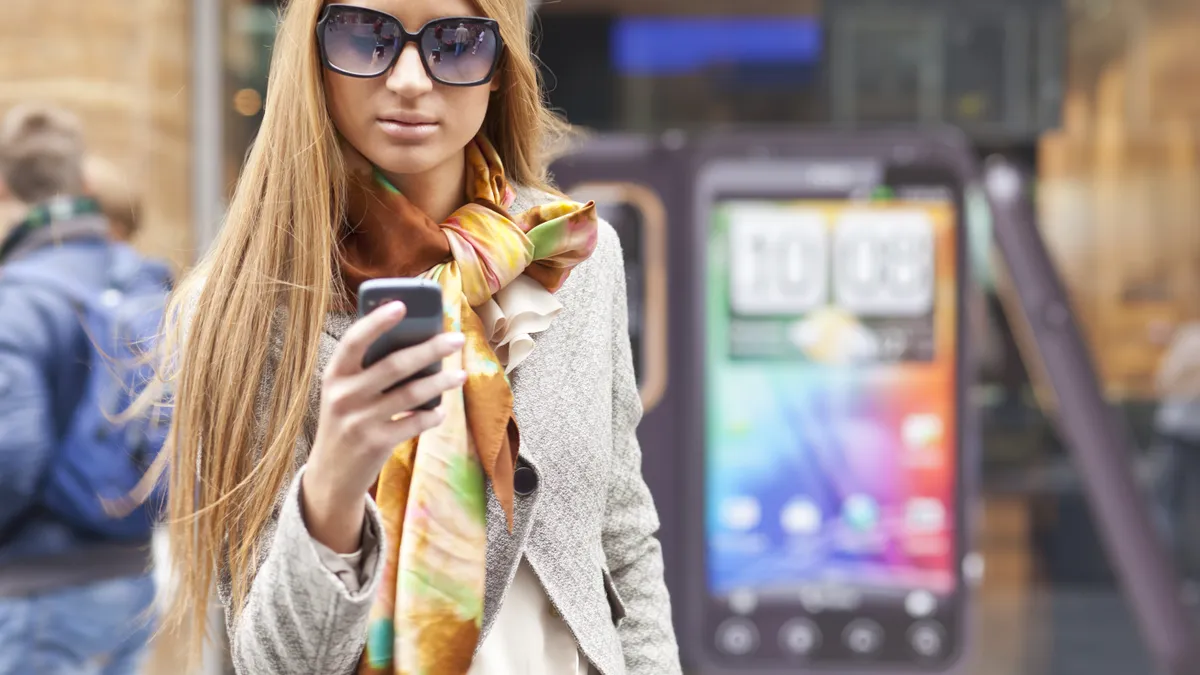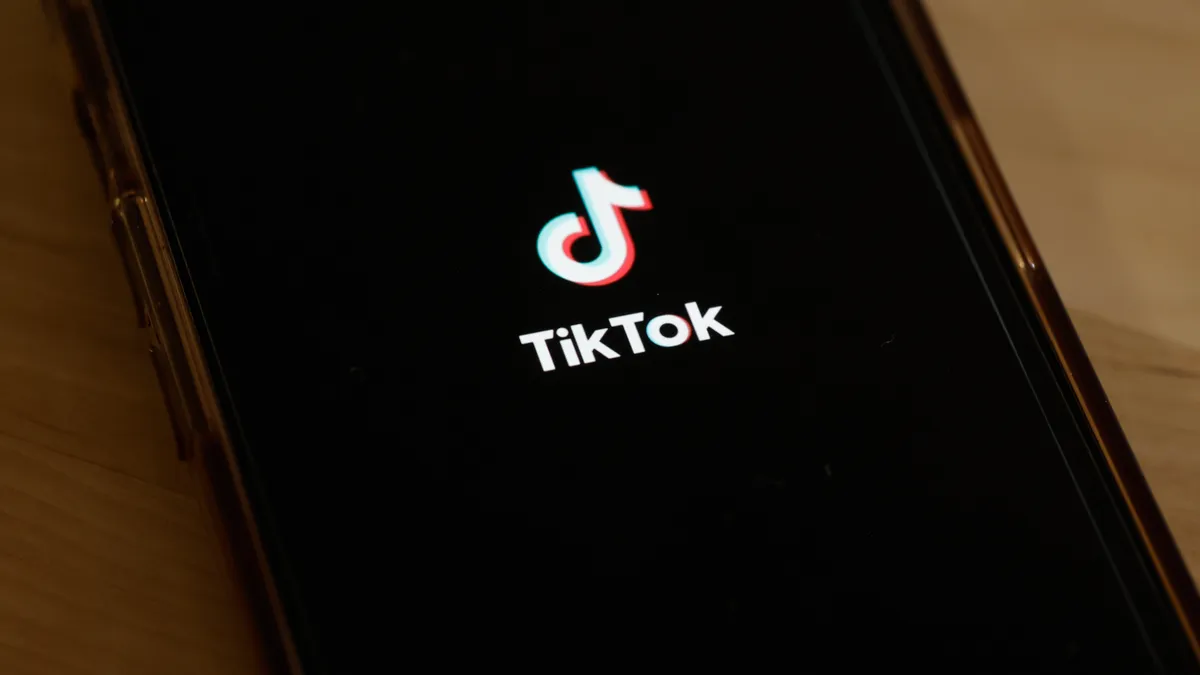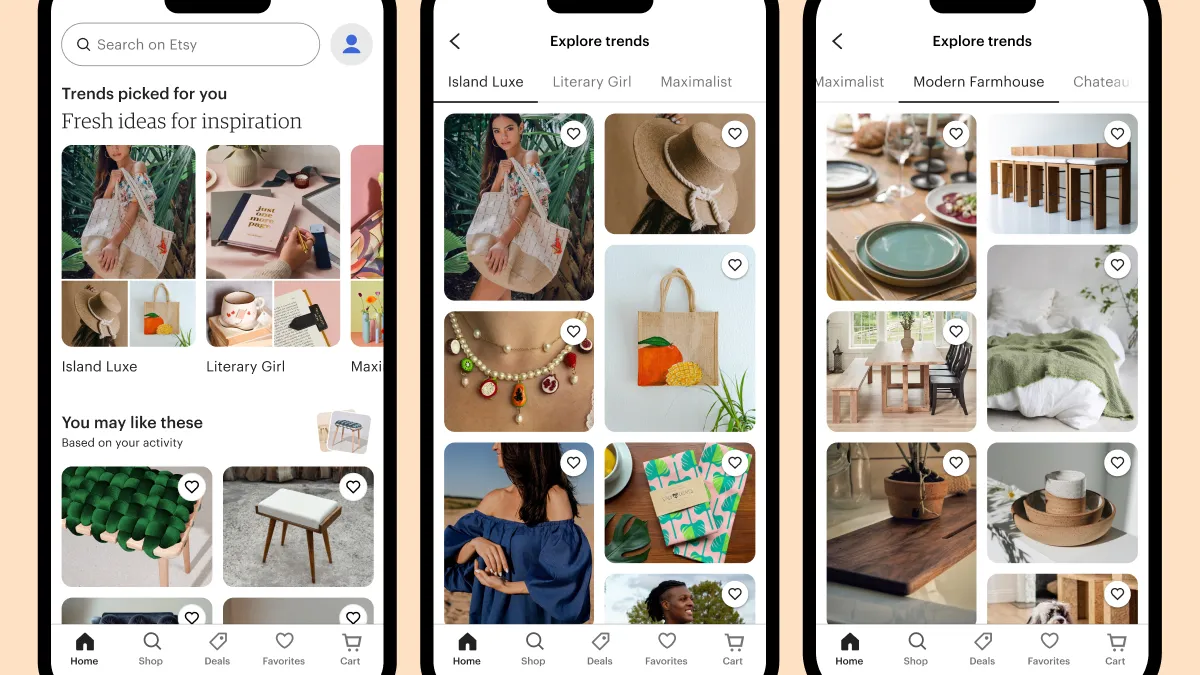Mobile commerce, or m-commerce, is big business. Unfortunately, it’s not quite big enough, and retailers are still struggling to crack the code that converts mobile browsers into mobile buyers.
According to a report released by Forrester Research in October 2015, mobile transactions will top $142 billion in 2016. The report also indicated that while one third of online retail traffic came from mobile, it still only accounted for 11% of sales of e-commerce sales. While the report predicts that the numbers should climb to 15% for phones and 33% for tablets by 2020, those numbers are still relatively low.
So why are retailers having trouble conquering m-commerce? Some of it has to do with how users interact with their phones.
“In the early phases of mobile, [using a phone] was more of a found-time activity,” says Ryan D. Matzner, director of Fueled, an agency that helps entrepreneurs and businesses build digital products on mobile and the web. “It was something to do while you were waiting in line.”
Matzner explains that this kind of learned interaction has created certain built-in issues for m-commerce that don’t exist with web commerce. “On mobile, things load slowly, and the experience is second-rate and users are less patient,” he says.
“So online shopping is tough on mobile, and retailers are not getting the conversion they want. Consumers see mobile as the only option when they’re on the go. But if you’re going to spend $200 on luggage, you want to take time to compare all your options.”
Building a better app
Making mobile more accessible is not simply about speeding up app load time, though. It’s about building a native platform that takes into account challenges unique to mobile. Turns out that’s no simple task.
Matzner argues that creating a compelling mobile app is more difficult than simply taking what worked on the web and trying to convert it. However, in the rush to m-commerce, many retailers are just trying to get an app — any app — up and running, and that can lead to problems, not just for consumers, but for the reputation of m-commerce as a whole.
“I think in some ways, things are becoming a little more Wild West than they used to be,” says Andy Wong, partner at Kurt Salmon Digital, which focuses on digital engagement solutions for consumer brands. “We see a lot of folks entering the market designing apps, outsourcing to Asian countries and Eastern Europe, and the divide between bad apps and excellent apps is huge. And there’s a lot of noise.”
Wong explains that poor app design can lead to increased crashing and reliability issues that might make mobile conversion difficult. On the other hand, he says that companies that spend real time, money, and effort making sure their apps are crash free will benefit from more consumer adoption.
That said, the ultimate test of a successful mobile app isn’t whether consumers notice how well-designed it is, but that they hardly notice the design at all. New mobile apps also need to be scalable and sustainable, and they need to be designed to grow as technology grows.
“I think one area that’s going to see growth is mobile payments, which has been both terribly fragmented but also very successful,” says Wong. “I’m hopeful that the fragmentation is consolidated, and that cashless transactions will become more popular.”
Wong stressed that as consumer get savvier, apps and app integration with existing brand strategy, will need to keep up. “We’re getting better at targeting folks,” he says. “When we used to send out email, we’d assume desktop first, and mobile second. Now we assume mobile first.”
That means m-commerce-friendly companies are learning to send out shorter emails that contain fewer products and are easier to read, load and digest on a phone. Naturally, all of this will only get easier as screen size increases.
Screen size matters, but only a little
Data indicates consumers are quickly embracing phablets, and many are discarding their full-sized tablets completely in the process. A January 2016 report by Flurry Analytics showed that phablets sales accounted for 27% of all new devices in the week leading to Christmas 2015. That’s more than doubled since 2014, and also more than the sales of full-sized tablets, small tablets, and small phones combined.
Naturally, mobile app designers have taken note. But that’s not to say that screen size is a solution to all of m-commerce’s woes.
“Larger-sized phone screens are the norm now,” says Matzner. “So the larger screens will be part of it, but it’s not going to tip the m-commerce balance. The problem is the apps. Even a phablet screen is really small, and so you have to get the app right.” Matzner explains that tablets, phablets, and phones still don’t have the computing power of a laptop or desktop computer, mobile apps are more likely to crash due to small issues that might not be a problem on the web.
Matzner says that when problems like that occurred in web commerce, it wasn’t as big a barrier to shopping. “When designers create a mediocre experience on desktop web, it’s not super-difficult for users to overcome that. Maybe your image is in the wrong place, or the search was annoying, but you can click through and browse more quickly on desktop. Doing that on mobile is brutal.”
M-commerce that works
So what’s the good news? If phablets aren’t the solution to everything, how do retailers convert more customers to m-commerce?
According to Matzner, it’s a multi-tiered problem. “The first step is to make sure your website is fully functional in a mobile browser like Safari,” he says. “Then recognize that mobile and desktop aren’t the same. On mobile, you have push notifications. When ,you’re on desktop, you’re not getting push from Tinder, text messages, all fluttering through your screen. On desktop it’s harder to get distracted. But on mobile, people leave your app open and forget to come back. But we can work with that. We can send a push notification that says, ‘Hey! Someone put something in the cart and left it there for 30 minutes!’ or ‘Hey! Something’s on sale!’”
Another solution is to make m-commerce options simple, accessible, and targeted. Take Kurt Salmon Digital’s recent #rushmyshirt campaign Super Bowl promotion, in partnership with Uber and Dick’s Sporting Goods, which allowed fans to order the winning team’s shirt and have it delivered by UberRUSH.
“80 to 90 percent of our Superbowl promotion traffic was mobile, and we were selling just one thing,” says Wong. “And the way we were promoting and buying media for the whole promotion was mobile. But that said, there are some models, like bringing Macy’s to your mobile device, that don’t work.”
One of the reasons the Super Bowl promotion worked so well on mobile was that it took into account all the critical aspects of its target audience. Users were likely not at home; they were offered one simple option; and the promotion was immediate and timely.
The future of m-commerce
Moving forward, the retailers that succeed with m-commerce will be the ones that learn to pinpoint which promotions will work best on mobile, and how to best integrate mobile into their existing strategies.
There will also be an increased focus on integrating mobile with brick-and-mortar, laptop, desktop, social media, email and, frankly, every single aspect of a brand’s customer communication strategy.
Wong is looking to expand the way customers interact with stores via their mobile devices. For example, as retailers begin to phase out in-store iPads, Wong wants to move interactions from store-owned tablets to customers’ own devices. It’s already happening at Bloomingdale’s, which is another Kurt Salmon Digital client. Wong says customers are now able to optimize their in-store dressing room experiences, and use their devices to scan items, see other available products, connect to an associate, and even add items to an app-based shopping cart. Wong says this type of in-store mobile interaction, which is also rolling out at Dick’s Sporting Goods, allows stores to capture a customer’s decision-making moment before they even leave the fitting room.
For Matzner, it’s also going to be about how your mobile device can anticipate your shopping needs.
“I think that you’re going to see more with Bluetooth beacons, such as walking into a store and having my phone know where I am,” he says. “You’re going to have deep linking as part of the game, too. Like, being able to go from social media to a particular part of an app. And searchability. You’ll be able to search within apps more easily and more frequently.”
As mobile grows, retailers should expect to see m-commerce options become more integrated into consumers’ daily lives, as an extension of who they are.
“Ultimately, no matter what the screen size is, we’re still going to optimize for a personal experience,” says Wong. “Remember when we had iPads in stores? I think there are a lot of places, especially when the phablet size is taking the place of medium tablet devices, and as that happens, what we expect to be able to do on those devices will change.”





















